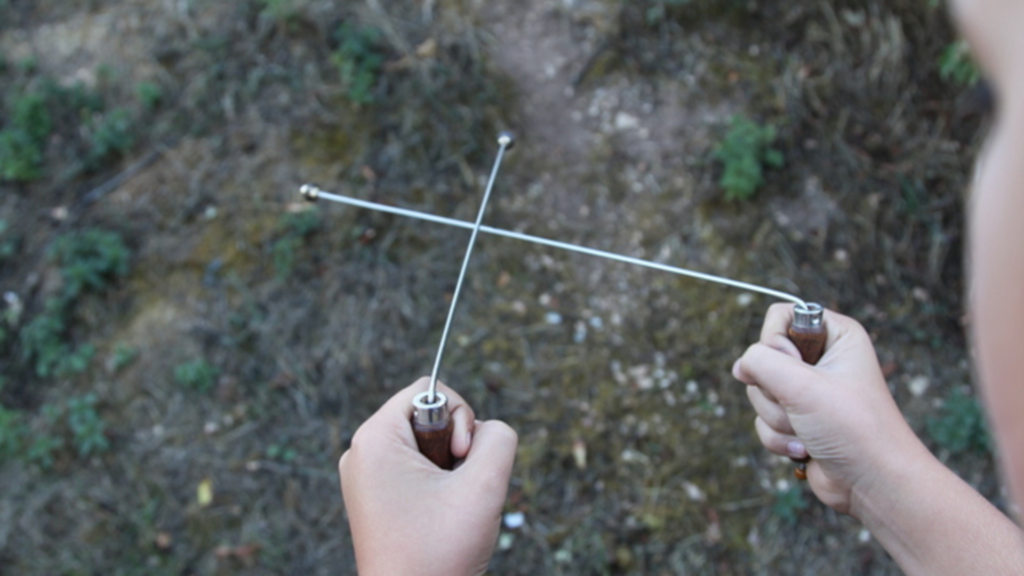What is dowsing?
The rains of recent weeks ensure sufficient water for spring… However, as we have already experienced, periods of drought will return, and irrigation in dryland olive groves is becoming increasingly essential to maximize production in the years when olives are most valuable…
In this sense, searching for water is an essential tool, and for this purpose, in many places in Andalusia, dowsing or dowsing is used.
What is dowsing?
The use of rods to search for water, known as dowsing or dowsing, is a traditional technique used to detect the presence of groundwater. Although it has no proven scientific basis, many people continue to practice it successfully.
How to Use Rods to Search for Water
Materials:
- A pair of “L”-shaped rods (made of copper, brass, or even metal hangers).
- Alternatively, a flexible wooden fork can be used.
Steps for Searching for Water:
- Hold the sticks correctly:
- Hold a stick in each hand by the short end, leaving the long end free and parallel to the ground.
- Keep your elbows close to your body and your hands relaxed.
- The sticks should be able to move freely.
- Walk slowly across the land:
- Move at a calm pace, keeping the sticks separated and parallel.
- A state of concentration and tranquility is recommended.
- Observe the movement of the sticks:
- If the sticks begin to move, cross, or rotate, this is interpreted as a possible sign of underground water.
- The intensity of the crossing or movement can indicate the depth or flow of the water.
- Confirmation:
- To verify, repeat the test several times from different directions and at different times of the day.
- Some people mark the points where the crossing occurs with stones or stakes to map the area.
Tips and popular beliefs:
• It is believed that the best times to search for water with sticks are at dawn or dusk.
• Some dowsers maintain that some people are more sensitive to this practice than others.
• Although it is not a scientific method, it continues to be used in rural areas as a complementary resource to geological studies.

